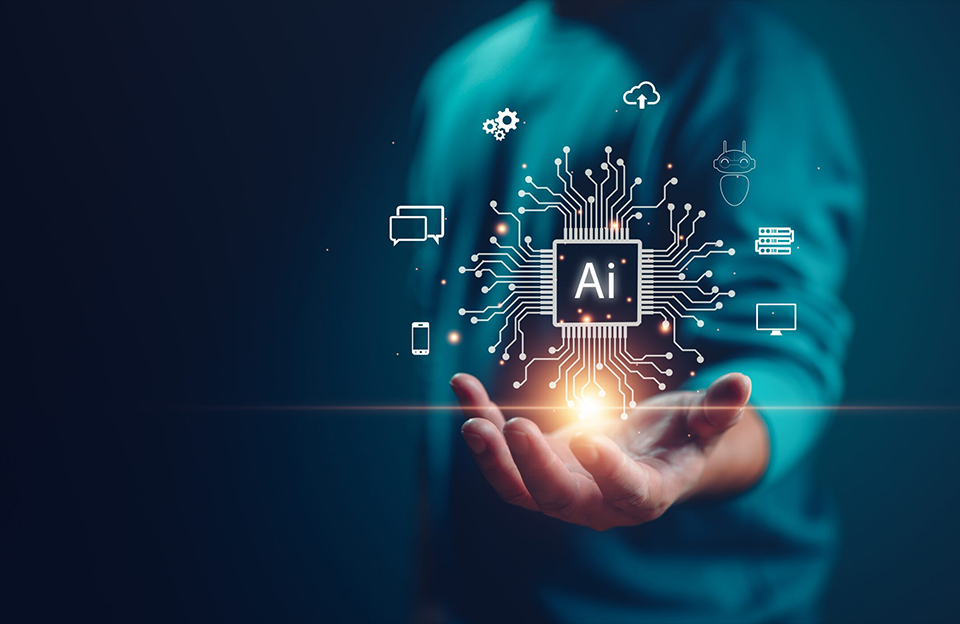Artificial intelligence (AI) is reshaping industries worldwide, and the U.S. Internal Revenue Service (IRS) is no exception. In a major shift toward modernization, the IRS is reevaluating its technological investments, strongly emphasizing AI-driven solutions. This transformation is set to redefine tax collection, auditing processes, and customer service experiences for millions of Americans. But what does this mean for taxpayers, government efficiency, and the workforce?
The Role of AI in IRS Modernization
The IRS has long relied on legacy systems and manual processes that are both time-consuming and inefficient. The integration of AI aims to address these challenges by:
- Enhancing Tax Collection: AI algorithms can identify patterns of tax fraud and optimize revenue collection by detecting discrepancies in tax filings.
- Automating Customer Support: AI-powered chatbots and virtual assistants can handle common taxpayer inquiries, reducing wait times and improving service delivery.
- Expediting Tax Audits: AI can streamline audit processes by quickly analyzing large datasets, identifying inconsistencies, and prioritizing high-risk cases.
The Direct File System and AI Adoption
One of the IRS’s latest initiatives, the Direct File system, is a free tax filing service designed to simplify tax returns for millions of Americans. With AI integration, the system can automatically verify data, suggest deductions, and flag potential errors, reducing human oversight and increasing accuracy.
Workforce Implications
While AI promises efficiency, it also raises concerns about workforce reductions. Treasury Secretary Scott Bessent has indicated that the IRS may see a 20-25% workforce reduction as AI takes over repetitive tasks. However, this also opens opportunities for employees to upskill and focus on more complex tax-related issues requiring human judgment.
Challenges and Ethical Considerations
- Data Privacy Concerns: AI-driven tax collection requires access to sensitive financial data. Ensuring robust cybersecurity measures is crucial.
- Algorithmic Bias: AI models must be transparent and free from bias to prevent unfair targeting of specific demographics.
- Public Trust: Taxpayers must have confidence in AI-driven decisions, which requires clear communication and accountability from the IRS.
Conclusion
The IRS’s shift toward AI-driven tax administration marks a significant step in government modernization. While challenges exist, the potential for improved efficiency, accuracy, and customer service is undeniable. As AI continues to evolve, the IRS’s approach will serve as a case study in balancing technological advancements with ethical and operational considerations.



